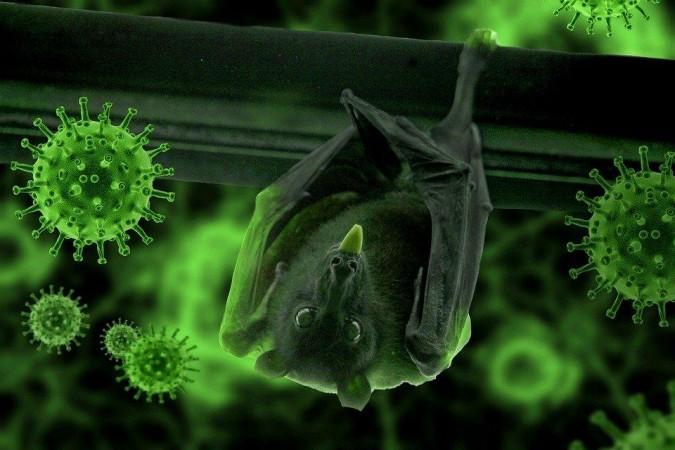Kerala, known for its lush landscapes and vibrant culture, has found itself at the forefront of disease detection and response in India once again. With the recent detection of India's first Monkeypox case in the state, Kerala has added another chapter to its track record of identifying and tracking exotic viruses.
Over the past two decades, Kerala has been the first to report no less than ten viral and non-viral disease outbreaks. These outbreaks have included chikungunya, dengue, Japanese encephalitis (JEV), acute encephalitis syndrome (AES), West Nile encephalitis (WNE), viral hepatitis, Nipah, swine flu, Covid-19, and now Monkeypox.

While Kerala has often been seen as a state that bears the brunt of exotic diseases, experts, including virologists and epidemiologists, have commended its robust surveillance mechanism and the state government's experience in outbreak response and emergency preparedness.
During the Covid-19 outbreak, the World Health Organization (WHO) lauded Kerala for its active reporting strategy. The state managed to keep the number of cases in the initial months of the outbreak to a minimum.
The WHO article acknowledged Kerala's innovative approaches, drawing from its experience in disaster management planning. These approaches enabled the state to swiftly deploy resources and mount a comprehensive response in collaboration with key stakeholders.
Active Sureveillance Mechanism
Criticism of the state for reporting outbreaks has been met with resistance by experts who argue that Kerala's active surveillance mechanism, capacity-building exercises for healthcare workers, engagement with communities, and strategic interventions have not only been instrumental in detecting viruses but also in keeping disease outbreaks under control.
Learning from past outbreaks has been a cornerstone of Kerala's success in disease management. In 2018, when 18 cases of Nipah were reported in Kozhikode, few in the state were familiar with terms like "quarantine" and "PPE kits." However, the state had learned from the Nipah outbreak in West Bengal's Siliguri in 2001 and its resurgence in 2007 in a district bordering Bangladesh.
This strategy involved tracing the contacts of infected individuals, isolating them, creating route maps to identify secondary contacts, and even placing thousands of people under quarantine for nearly a month.

Kerala's healthcare system, with its tiered structure and effective referrals, played a pivotal role in managing outbreaks like Nipah. The presence of institutions like the National Institute of Virology and the Department of Biotechnology's regional Rajiv Gandhi Centre for Biotechnology further bolstered the state's capabilities in virus detection and management.
Health department officials emphasized that the state government consistently invests in post-outbreak management systems. They have micro-management plans in place, which become key strategic interventions.
Early screening of travellers
One notable success was the early screening of all incoming passengers at airports and seaports, praised by experts. Kerala's high literacy rates facilitated educating even remote village residents about the importance of reporting symptoms to ASHA workers and women self-help groups, leading to early disease detection.
Disease surveillance in the private sector, initiated during the devastating floods of 2018, has also been adopted by the state to identify other disease outbreaks.
Kerala's proactive approach to disease detection and response stands as a testament to the power of preparation, education, and innovation in tackling even the most exotic of viruses. It serves as an example for the nation on how to effectively manage and mitigate disease outbreaks.








